Very often, we wish to buy something quickly but don’t have enough cash on hand, and our balance on credit cards is low. There’s no way to get hold of money quickly. What could we do in such a situation?
Obviously, we can only let go of that offer or special deal and possibly regret the decision for a long. The other option could be borrowing some money from family and friends if that’s possible. This means being grateful to them lifelong.
However, these situations need not affect you anymore, as long as the stuff you’re buying is worth only a few hundred Dollars and you have a steady source of income such as a monthly salary. You could simply download and use any of these top five Buy Now Pay Later (BNPL) apps and get the stuff you want, if available.
Millions of people around the world are using BNPL apps and services. However, others remain blissfully ignorant about the facility. If you don’t know about BNPL apps, continue reading. I will discuss in detail the pros and cons of Buy Now Pay Later apps and the top five apps in this category for Americans.
Understanding Buy Now Pay Later
You might be confused between Buy Now Pay Later (BNPL) and credit card buying, where you can pay later, too. Therefore, I will explain about BNPL apps and how they work.
Basically, BNPL apps provide credit worth a few hundred Dollars. It isn’t linked to your bank account or credit card. Instead, they’re independent apps run by financial technology companies. They provide credit facilities with a few retailers. Usually, you have to pay the full amount of your shopping within six to eight weeks. They don’t charge an interest or any fees unless you default or delay on repayment.
Differences between BNPL and Credit Card
Credit cards, as you would know, send monthly statements. These statements contain details of spending and tell you the outstanding balance on your card as well as the amount of money to be paid before a specific deadline. You have the option of paying the minimum due amount, settling the entire credit card bill or paying whatever you like, as long as it’s acceptable to the bank, credit union or the issuer of your card.
However, BNPL apps don’t function this way. They divide the value of your purchase into six to eight instalments. These instalments are payable every week. You don’t have any options to pay less than the amount they demand or settle with a minimum payment and repay later. Delays and defaults can prove very expensive in terms of the penalties they charge and damage to your personal credit score.
Another difference is that BNPL apps don’t allow you to shop or buy from a store of your choice. Instead, they have specific stores from where you can buy using these apps. Generally, all purchases on BNPL apps are in-app, meaning you have to shop from the retailer they promote. On the other hand, credit cards allow you to shop anywhere in the US and abroad, too.
Also Read: How to Improve Credit Score as a Student – Grow faster, Be Smarter!!
Choosing between BNPL and Credit Card
So, how does one decide which one to use: BNPL or credit card? Actually, the best way is to find out where we can get the cheapest offer. If we calculate the interest or Annual Purchase Rate of a credit card and compare it with the money we would pay on the BNPL app for the same stuff, the difference would be clear.
Obviously, we will prefer the one where we pay less for our shopping.
However, it’s not that easy. We might pay a bit more on credit cards in terms of APR and interest, but we have the flexibility to pay only when the bill comes, which is usually after a month or the end of their billing cycle. On the other hand, BNPL apps will insist on the weekly payment of the instalment, and there’s no flexibility.
In some cases, though, you might find an in-app purchase on a BNPL app much cheaper than buying from another seller. In other instances, you could also get cashbacks for buying on BNPL. Finance industry experts argue that credit cards also provide loyalty points to reward their customers.
In my opinion, you have to decide between using a BNPL app or a credit card for shopping. It’s a personal choice because you should know whether it is possible to pay the BNPL instalment every week without any difficulties.
Also Read: How To Use a Credit Card? 12 Tips for First Time Users
5 Best BNPL Apps
Considering you would like to use or at least try BNPL apps, here are the top ones that are being used in 2024 and are expected to go strong in 2024 as well. Before you download and use any of these BNPL apps, I suggest that you read and understand their terms and conditions, including late fees and default clauses. While you may not wish to pay late or default on repayment, knowing these can help prepare for any unexpected eventuality.
1. PayPal
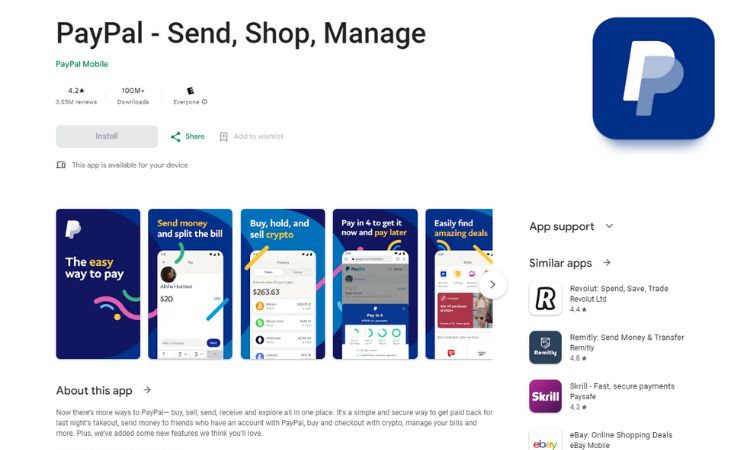
Yes, one of the best contactless payment apps in the world- PayPal- offers a buy-now-pay-later facility. Once you download the app and register, activate the BNPL service. Link PayPal to your bank account, debit card or credit card to get the BNPL service.
Once PayPal checks your credit score and approves, it’s possible to use the BNPL service. One advantage of PayPal BNPL is that you can use it at most online and offline retailers in the USA and elsewhere, too. Repayment is over eight weeks in four instalments.
Also Read:
- How to Get Free PayPal Money Online – 13 Ways to Get it Today
- 30 Cash App Games that Pay Real Money Instantly to PayPal (2023)
2. Zip
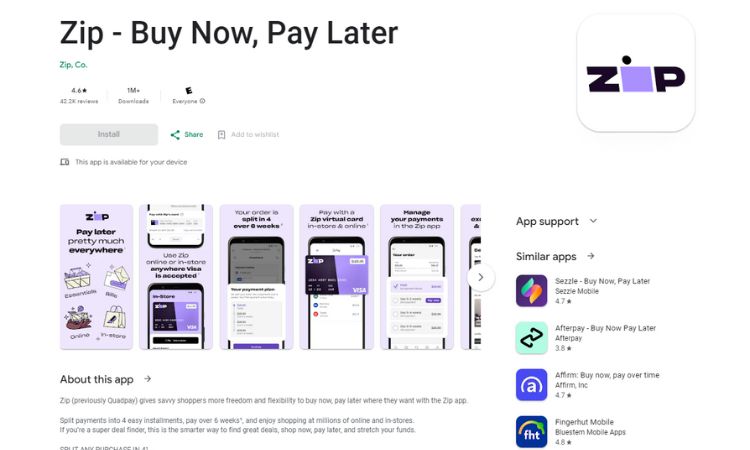
Zip ranks among the top five BNPL apps in the US and has been around for quite some time. Sometimes, Zip is also known as one of the pioneers of the BNPL industry. Downloading and registering for buy now pay later on Zip is fairly easy.
However, Zip conducts a credit score check from any of the agencies before extending their BNPL services. Therefore, be ready to have your credit score checked by any service provider. With Zip, you can buy stuff up to a maximum of $2,000 and pay in four equal instalments spread over eight weeks.
3. Affirm
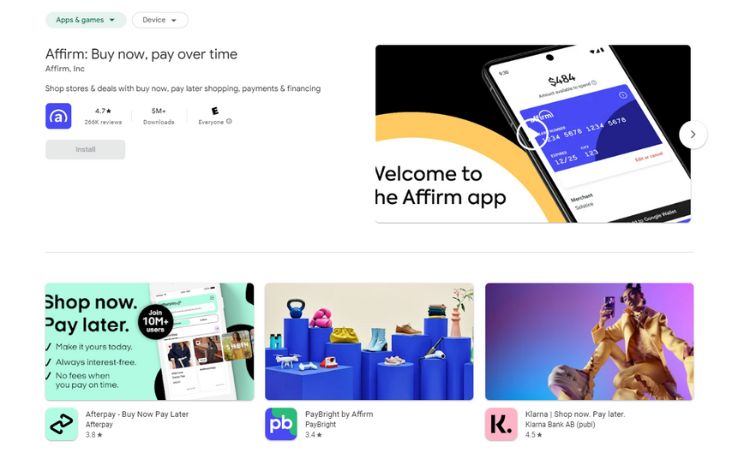
One more BNLP app that’s very popular in the US is Affirm. They offer eight weeks of credit worth a maximum of $800 to $1,000, depending on your credit score, at the time of enrollment. Affirm has several plans for BNPL that you can choose when registering.
The system is simple. You can make in-app purchases from the stores they feature or buy from any shop that accepts Affirm. For some purchases, you’ll have to make a 20 per cent down payment. The balance can be paid over a period of eight weeks in four easy instalments. Check their terms and conditions for late repayments.
4. Afterpay
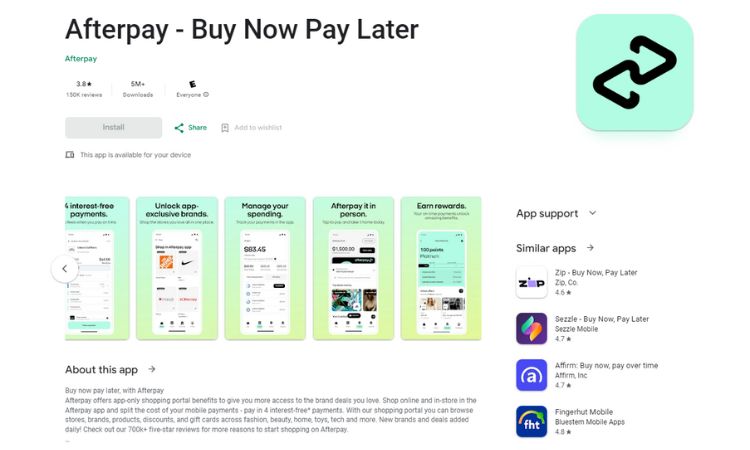
There are some distinct benefits to the Afterpay BNPL app. It’s possible to link a credit card, debit card or bank account with this app for direct debits whenever an instalment is due. That saves you the hassle of repaying manually. The app sends you an alert when an instalment is due.
You have the option of paying immediately, opting for direct debit or paying on or before the due date. Afterpay also charges fees for late repayment. However, you can get these waived if the delay is for some genuine reason.
5. Klarna
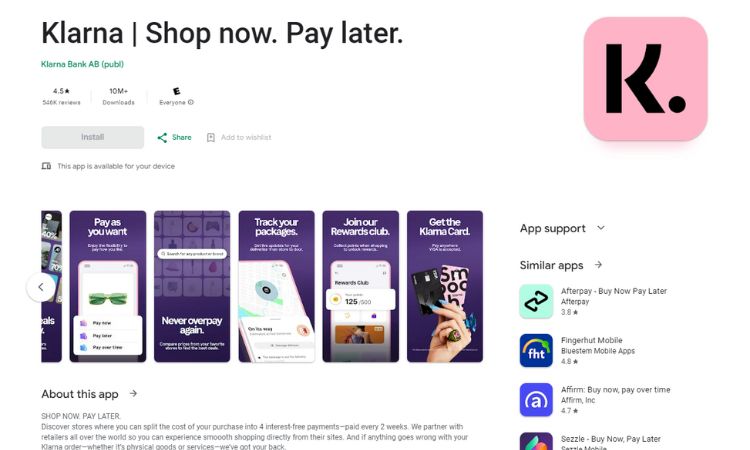
And finally, Klarna, which is a favourite among women shoppers for some reason. Similar to other apps, they, too, feature all sorts of stores where you can make in-app purchases and get hefty discounts. Or, use the app for purchases on some of the stores that accept Clarna BNPL.
You can shop worth $2,000 and pay later, over six instalments spread over six weeks. They charge stiff fees if you delay repaying an instalment. Therefore, read their terms and conditions carefully before signing up.
Wrap Up
Using BNPL apps for shopping is a common practice in the USA and around the world. There’s no harm in using them, as long as you can manage to repay the amount of the instalments on time.
At the same time, I will suggest that you compare the terms and conditions for payments on your credit card and those of a BNPL app. Use the ones which suit your needs. Usually, BNPL apps also up your spending limit if you use them consistently for 180 days and don’t delay repaying a single instalment. You can also request a higher spending limit after a few months of use.
Samuel Mitchell is a financial analyst with expertise in investment research and risk assessment. With a background in finance and advanced certifications, he delivers accurate and concise financial analysis. Samuel’s writing style is precise and data-driven, providing actionable insights for readers. Explore the world of finance with him and make informed investment decisions.
